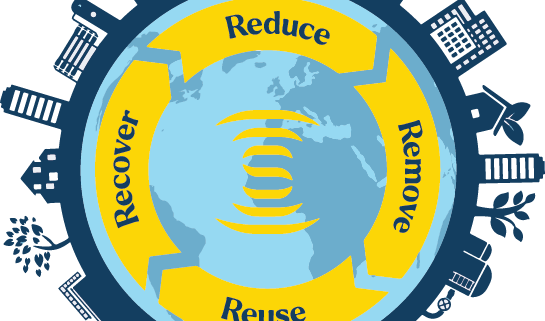Innovating Sustainability: Water Reuse at Tech Campuses
In the pursuit of sustainability, technology campuses are emerging as pioneers in adopting innovative solutions to address environmental challenges. Among these solutions, water reuse stands out as a promising approach to reduce water consumption, minimize environmental impact, and promote responsible resource management. In this blog, we delve into the concept of water reuse at tech campuses, exploring its benefits, implementation strategies, and the transformative potential it holds for creating more sustainable environments.
The Nexus of Technology and Sustainability
Tech campuses, often bustling hubs of innovation and creativity, have a unique opportunity to lead by example in integrating sustainable practices into their operations. With a focus on cutting-edge technologies and forward-thinking initiatives, these campuses are well-positioned to implement water reuse systems and showcase their efficacy in conserving water resources and reducing environmental footprint.
Benefits of Water Reuse at Tech Campuses
Conservation of Freshwater Resources
Water reuse systems enable tech campuses to reduce their reliance on freshwater sources by treating and recycling wastewater for non-potable purposes. By utilizing reclaimed water for activities such as landscape irrigation, cooling systems, and toilet flushing, campuses can significantly decrease their demand for potable water and contribute to water conservation efforts.
Environmental Stewardship
Implementing water reuse systems aligns with tech campuses’ commitment to environmental sustainability and corporate social responsibility. By reducing wastewater discharge and minimizing the environmental impact associated with conventional water treatment and disposal practices, campuses can demonstrate their dedication to protecting natural ecosystems and mitigating climate change.
Cost Savings and Efficiency
Water reuse initiatives offer potential cost savings for tech campuses by reducing water consumption and wastewater disposal costs. Although initial investments in water reuse infrastructure may require capital expenditure, the long-term operational savings and return on investment can outweigh the upfront costs, making water reuse a financially viable and sustainable solution.
Strategies for Implementing Water Reuse
Greywater Recycling Systems
Greywater recycling systems capture and treat wastewater from sinks, showers, and laundry facilities for reuse in non-potable applications. By treating greywater onsite and repurposing it for irrigation or toilet flushing, tech campuses can optimize water use efficiency and minimize freshwater demand.
Rainwater Harvesting
Rainwater harvesting systems collect and store rainwater for later use, reducing reliance on municipal water supplies for landscape irrigation and other outdoor water needs. Tech campuses can integrate rainwater harvesting infrastructure into their site design and landscaping plans to maximize water capture and utilization.
Onsite Wastewater Treatment
Onsite wastewater treatment facilities enable tech campuses to treat and recycle wastewater generated onsite for non-potable purposes. By utilizing advanced treatment technologies such as membrane filtration, UV disinfection, and biological processes, campuses can produce high-quality reclaimed water suitable for various applications.
Conclusion: Leading the Way to a Sustainable Future
Water reuse at tech campuses exemplifies the intersection of innovation, sustainability, and corporate leadership in addressing global water challenges. By embracing water reuse technologies and practices, tech campuses can set a precedent for sustainable water management and inspire other industries to follow suit.
As champions of progress and change, tech campuses have the opportunity to leverage their resources, expertise, and influence to drive meaningful impact in water conservation and environmental stewardship. Through collaborative efforts and a commitment to sustainability, we can harness the power of technology to create a more water-secure and resilient future for all.

